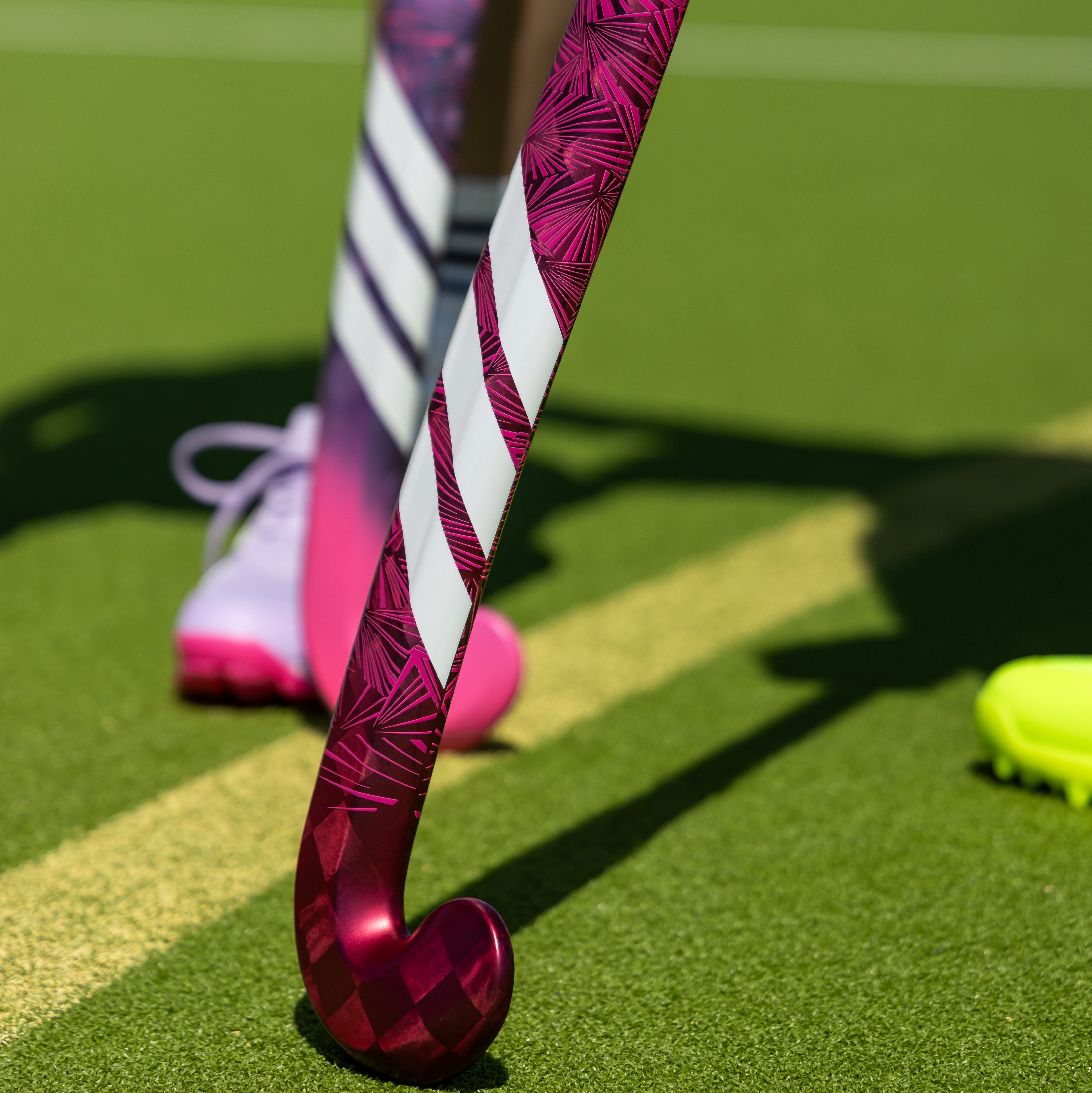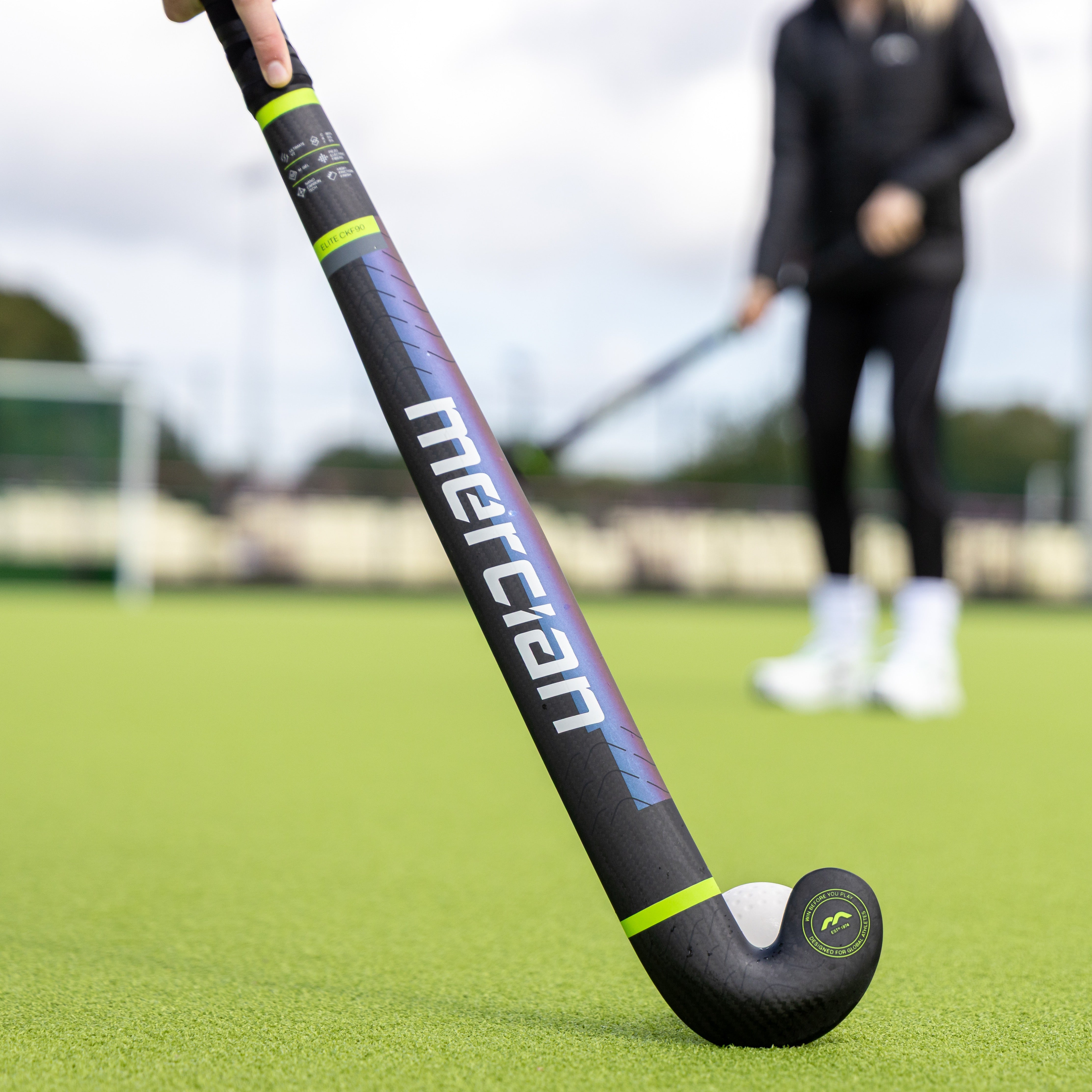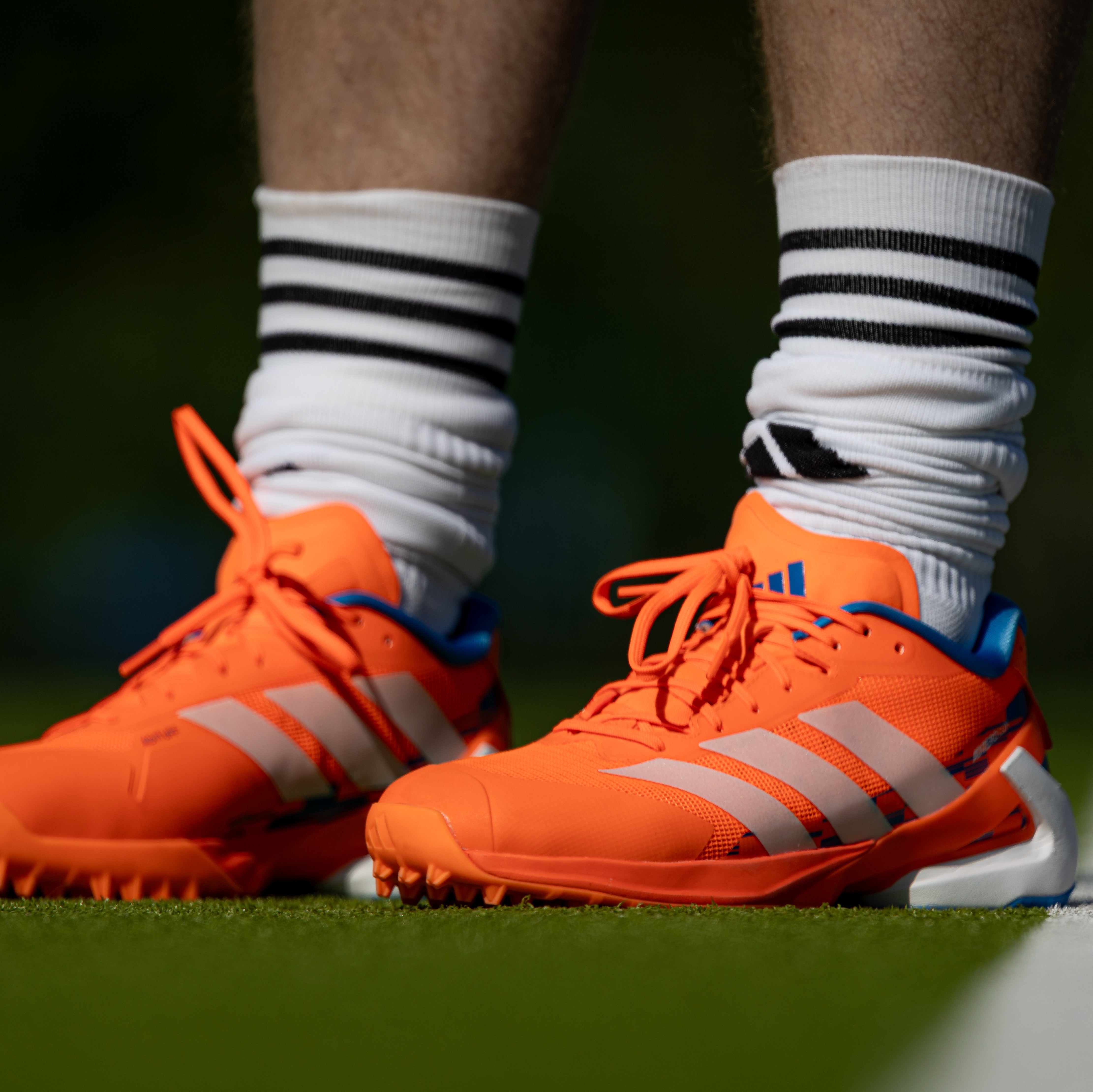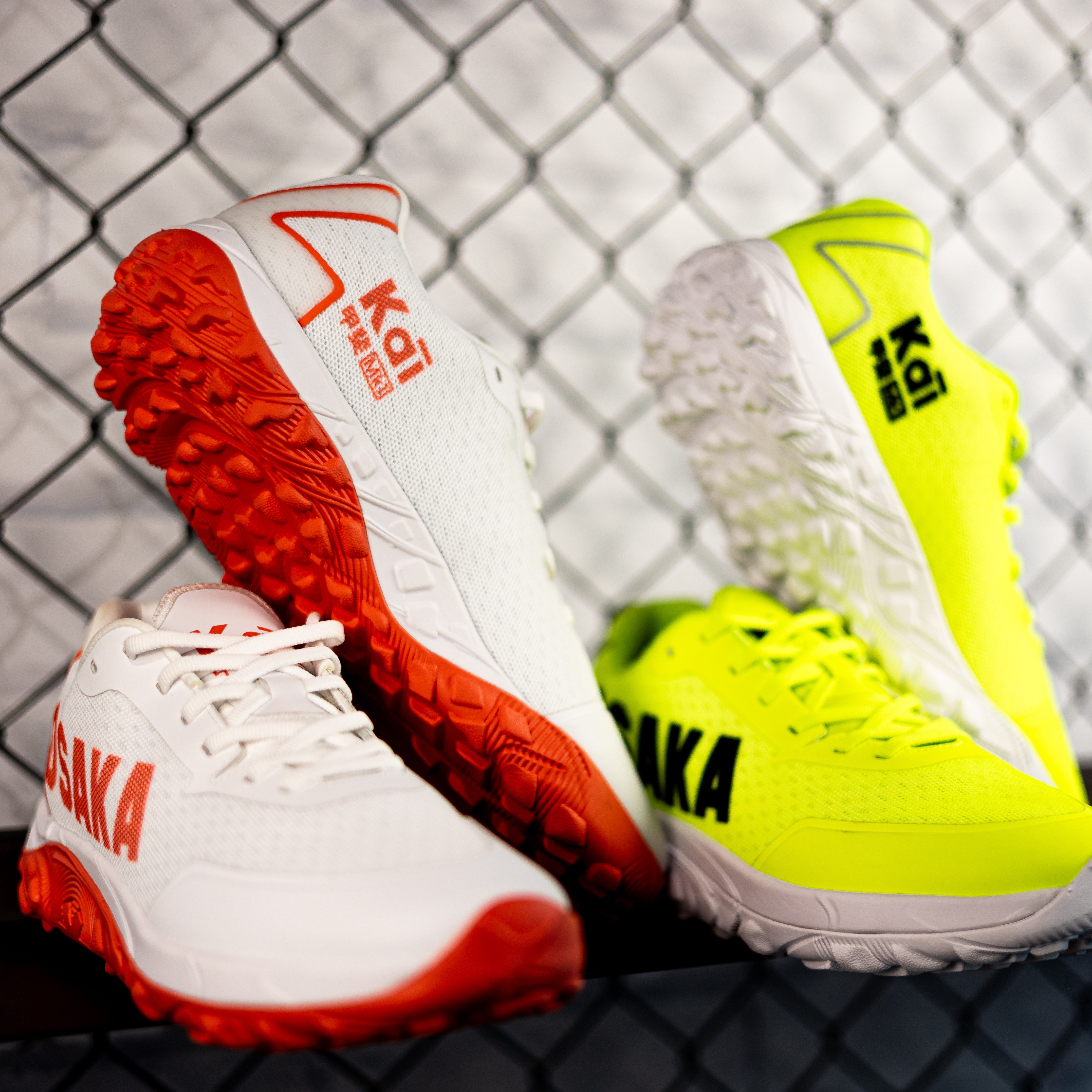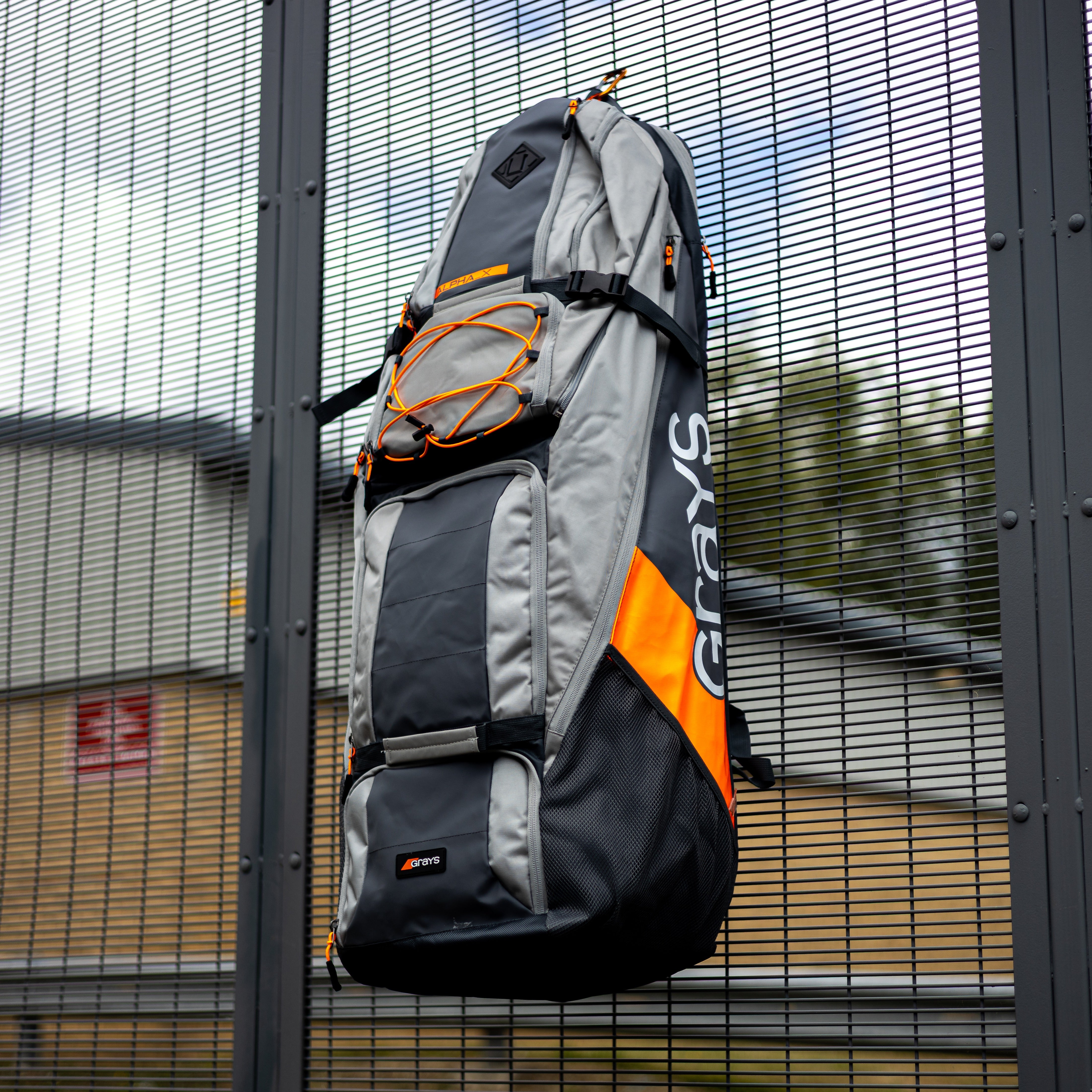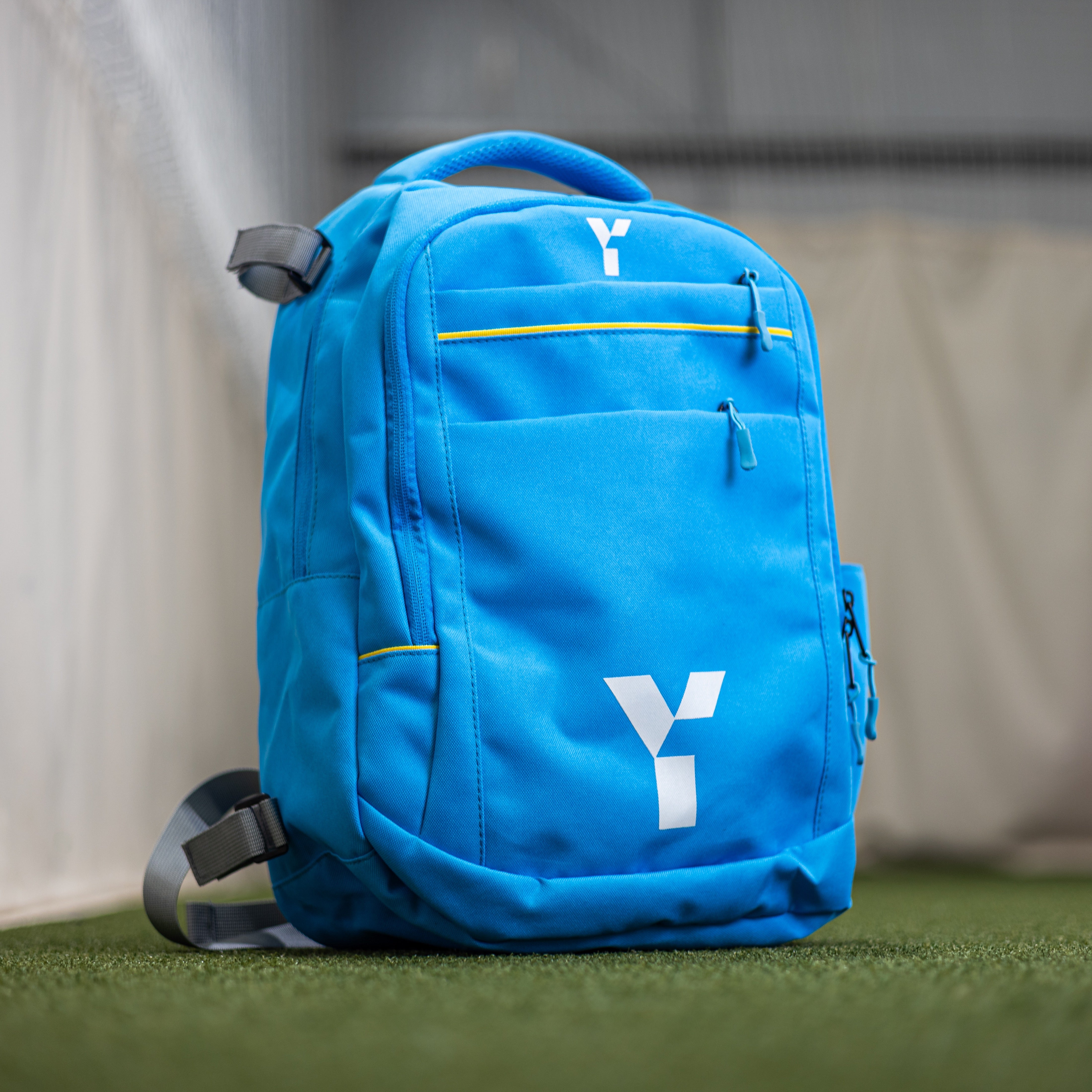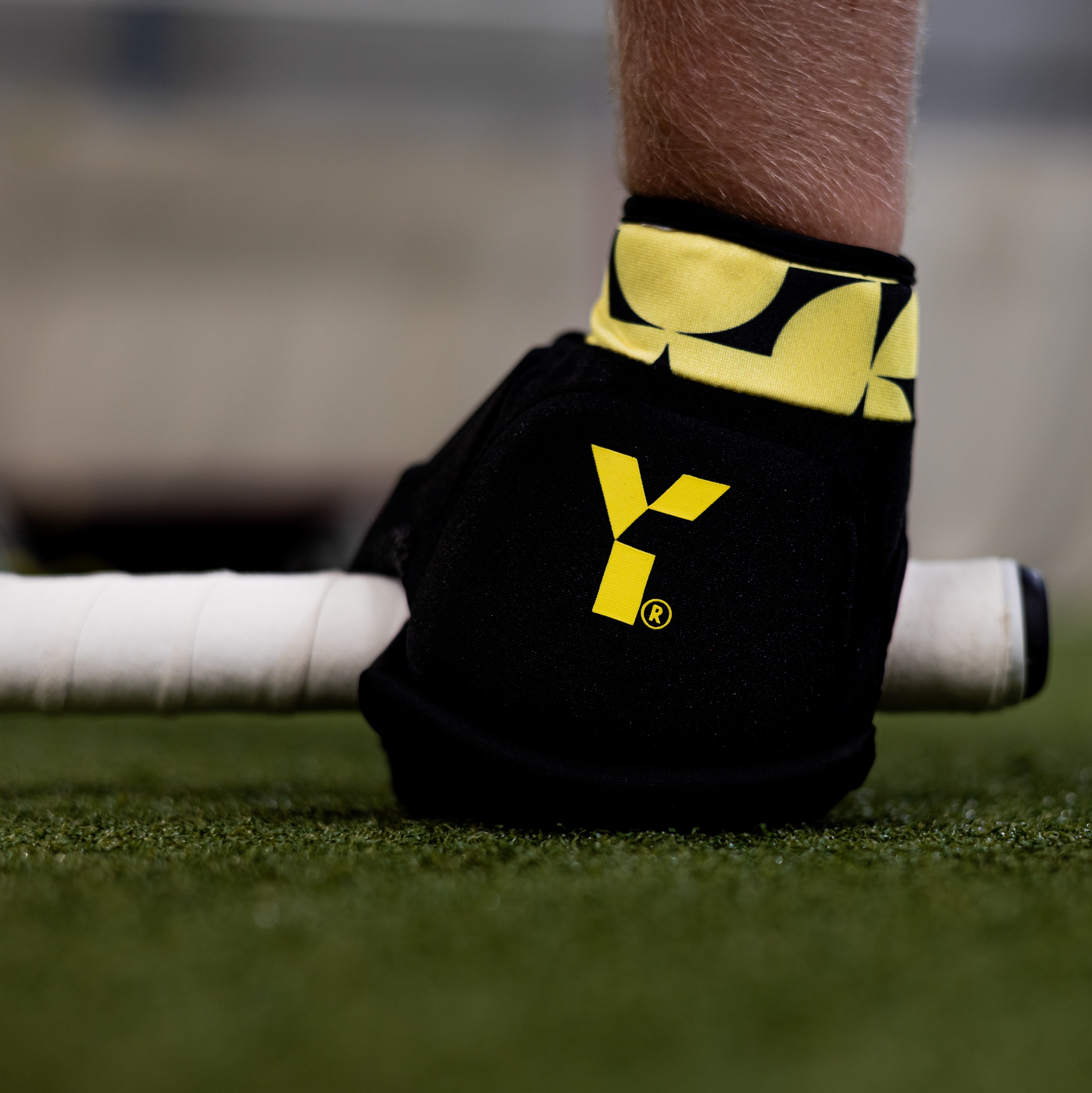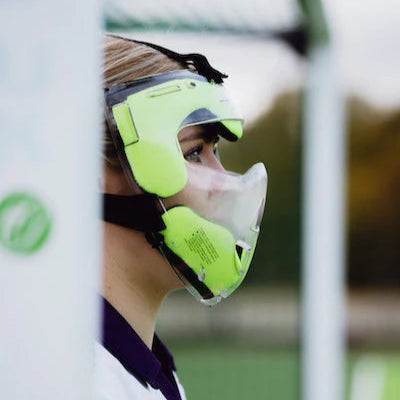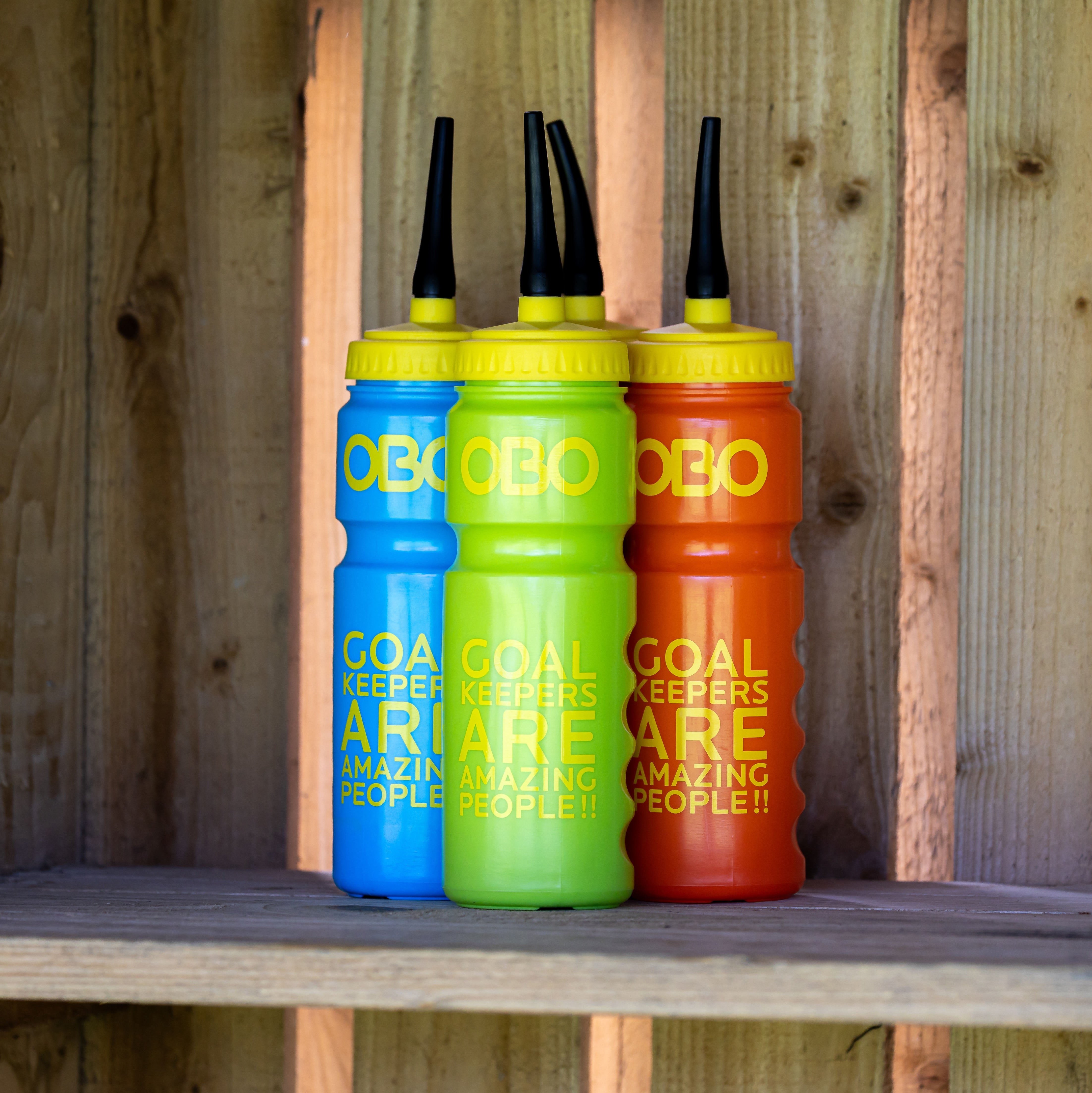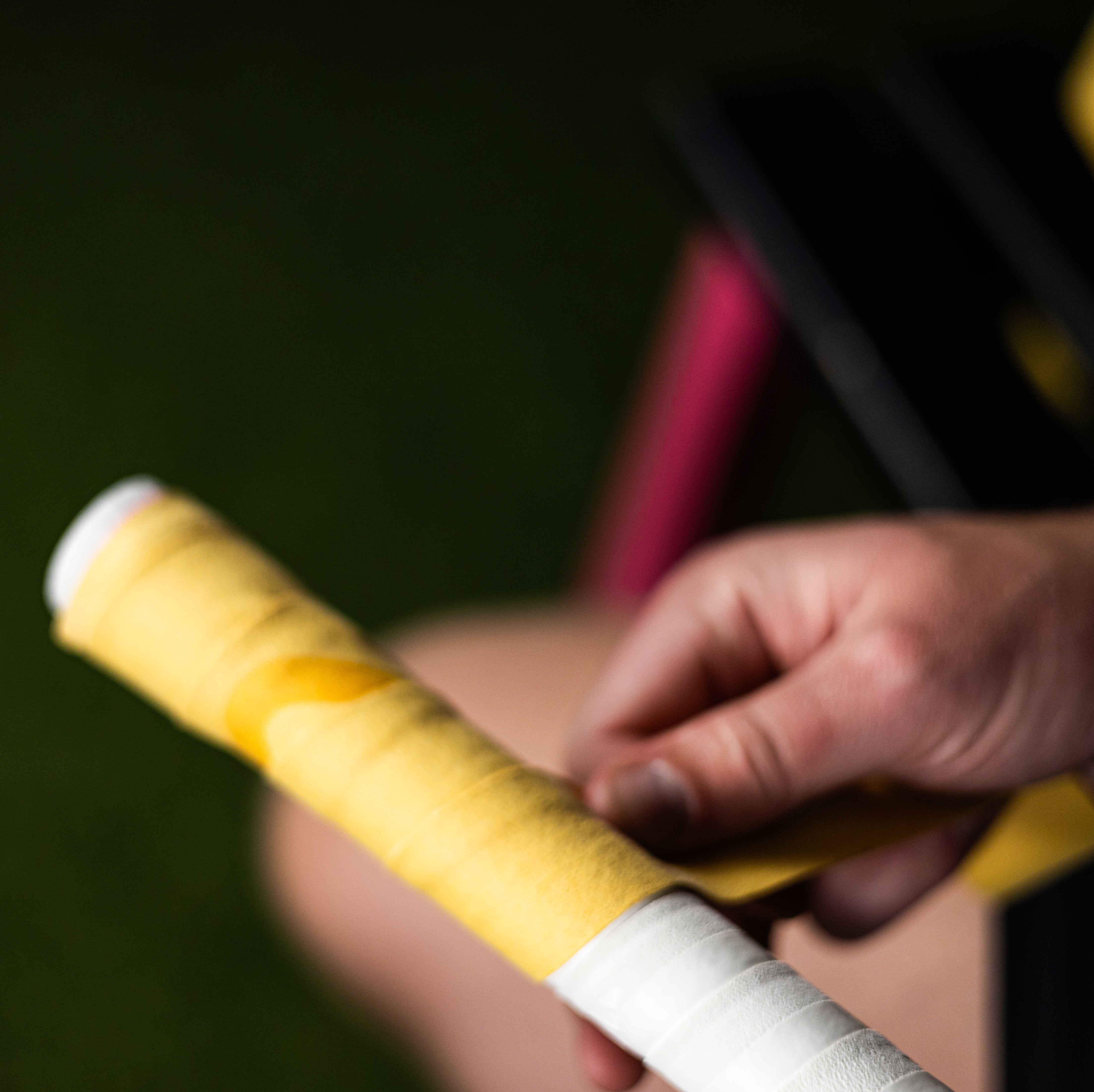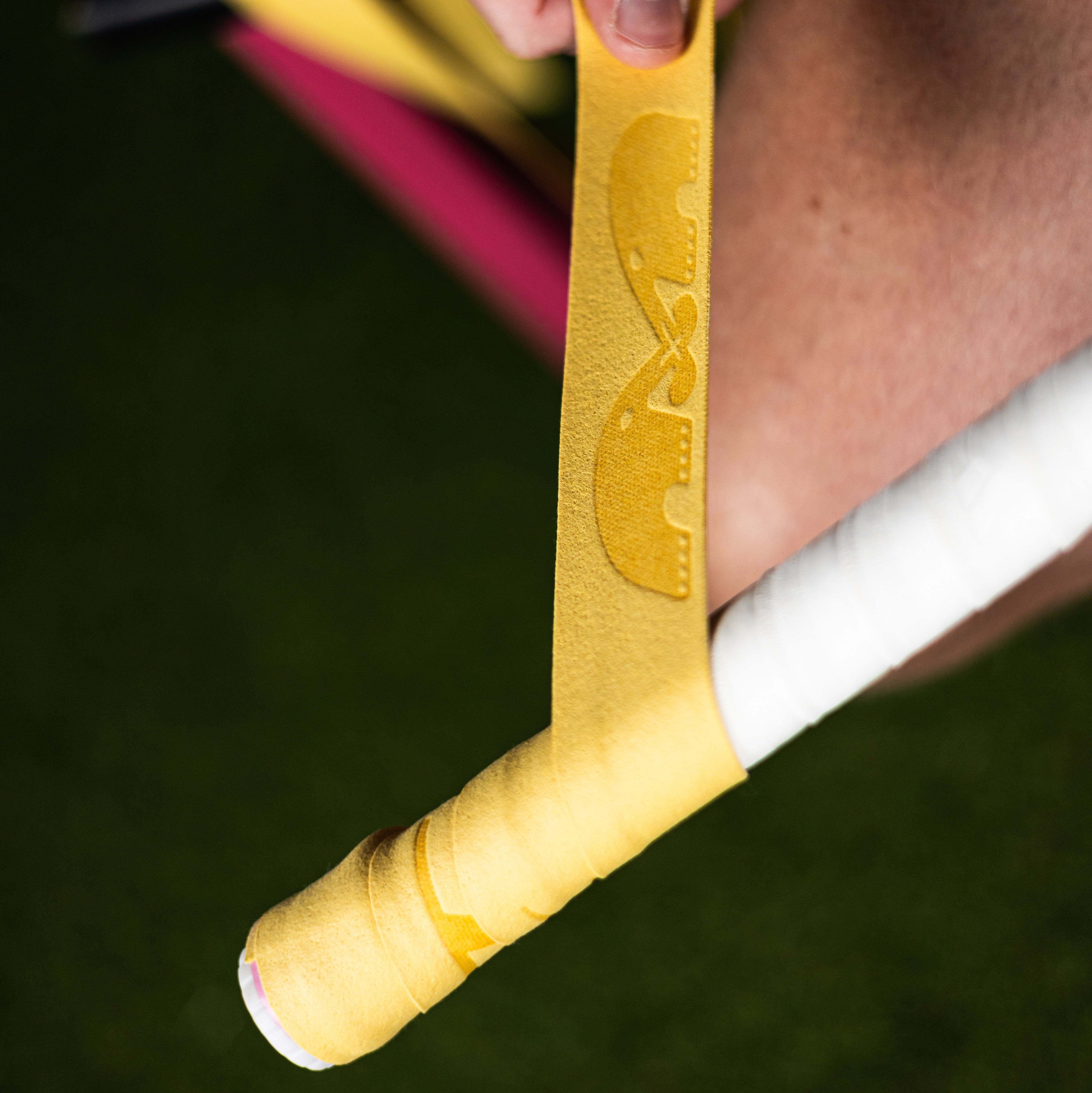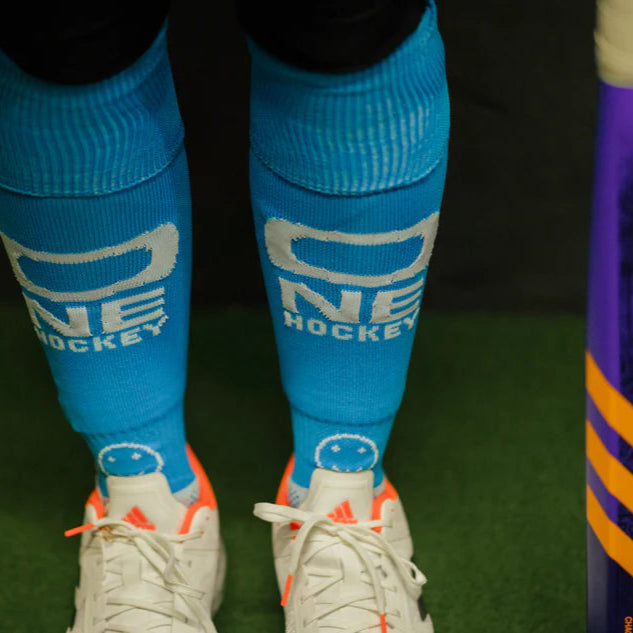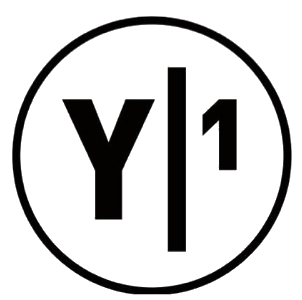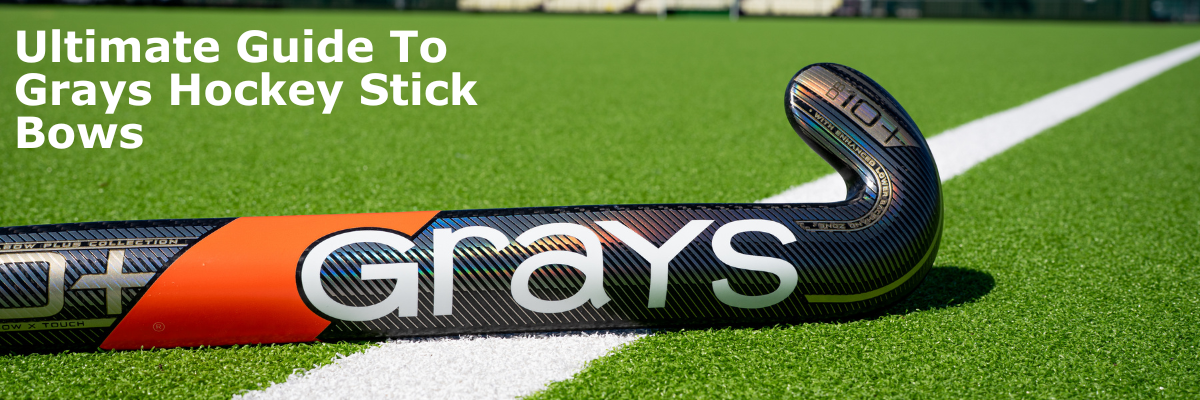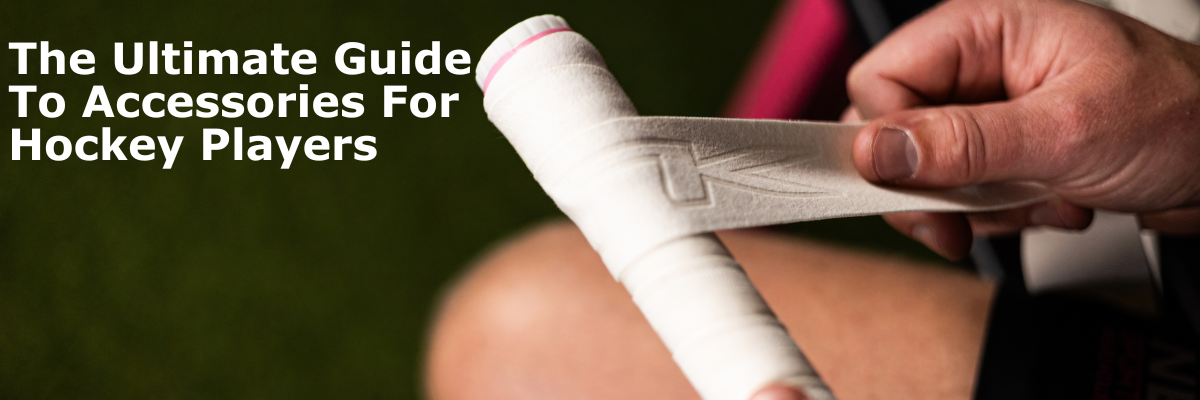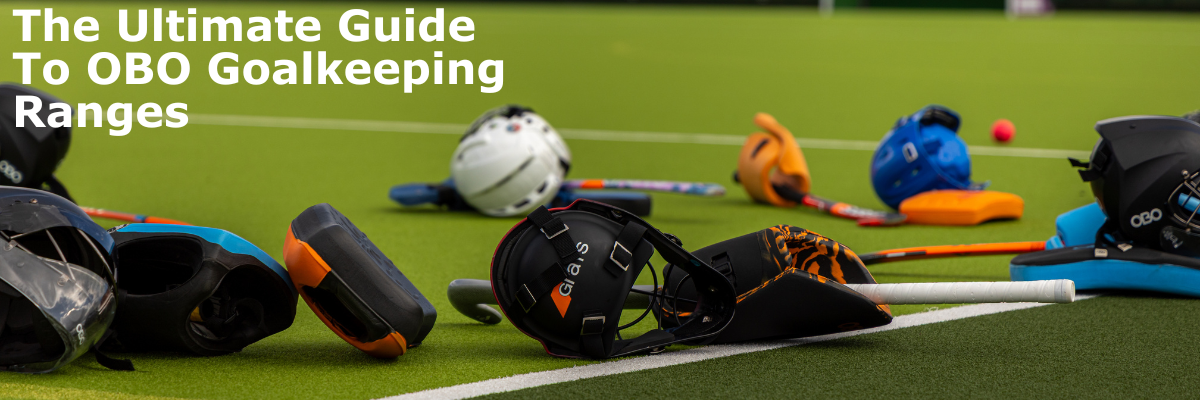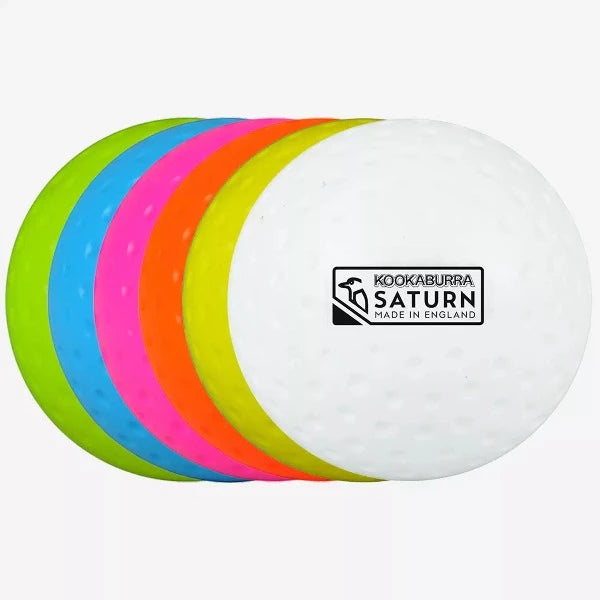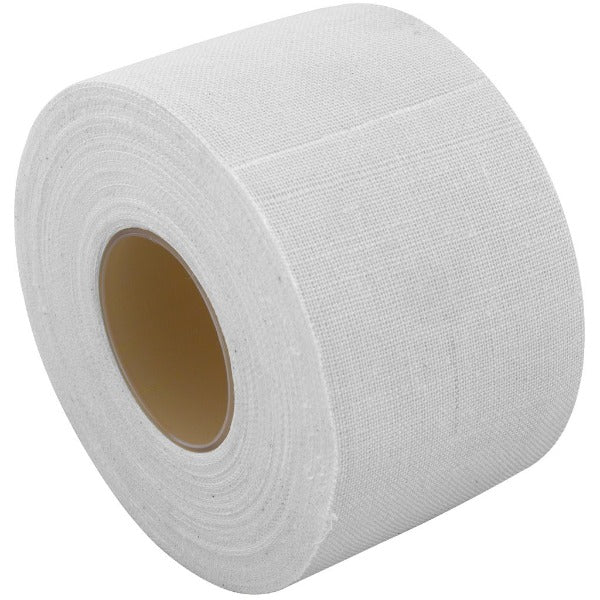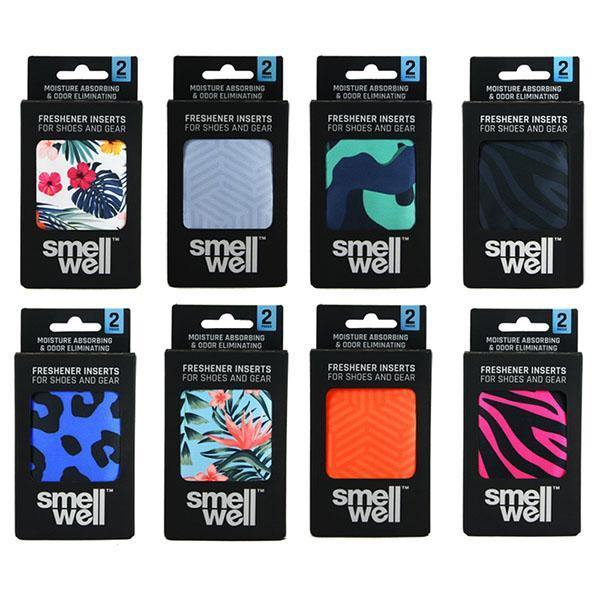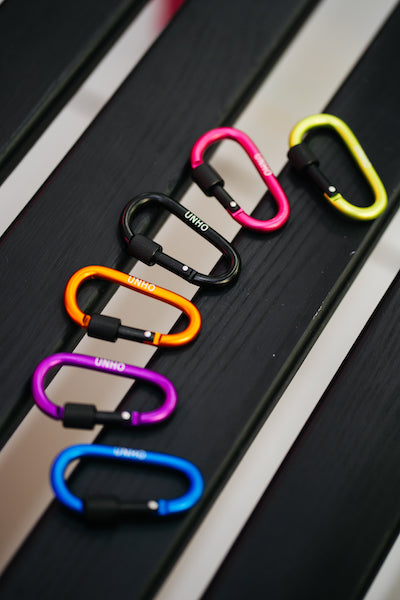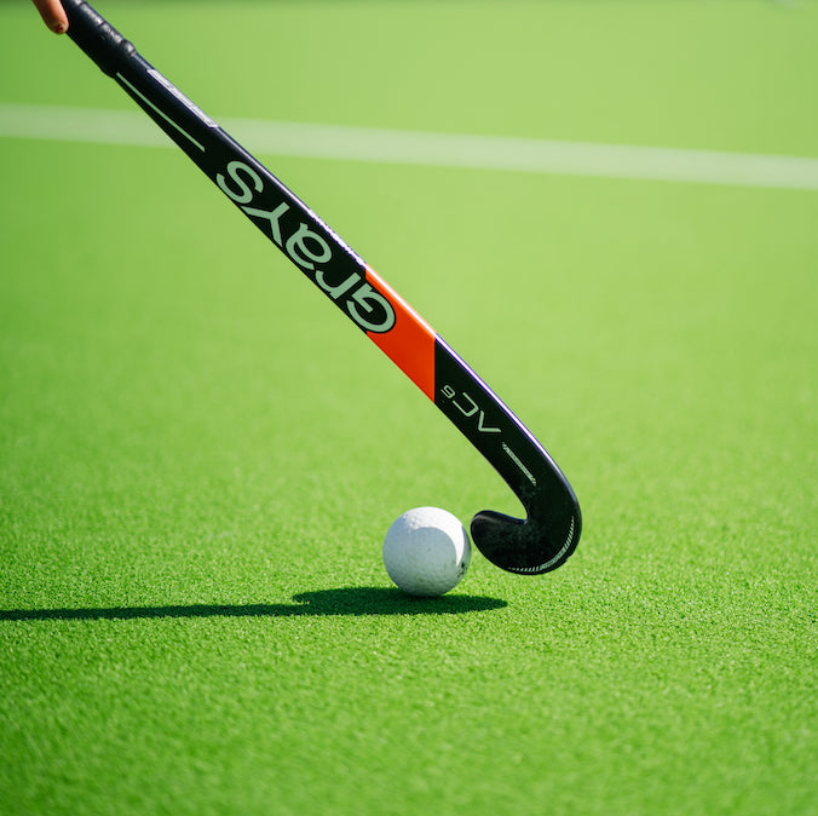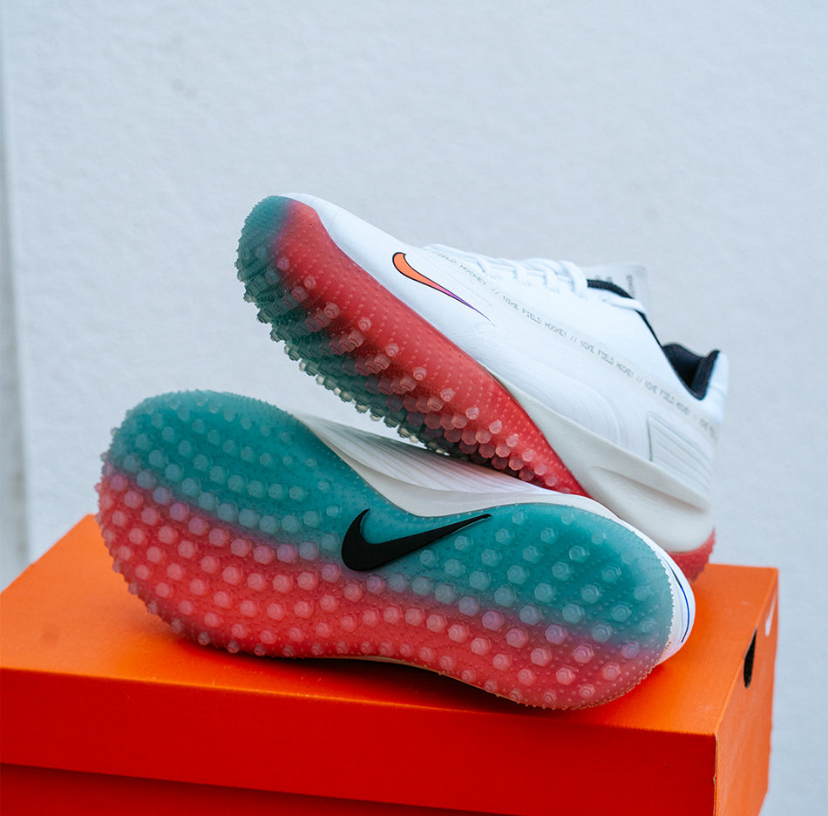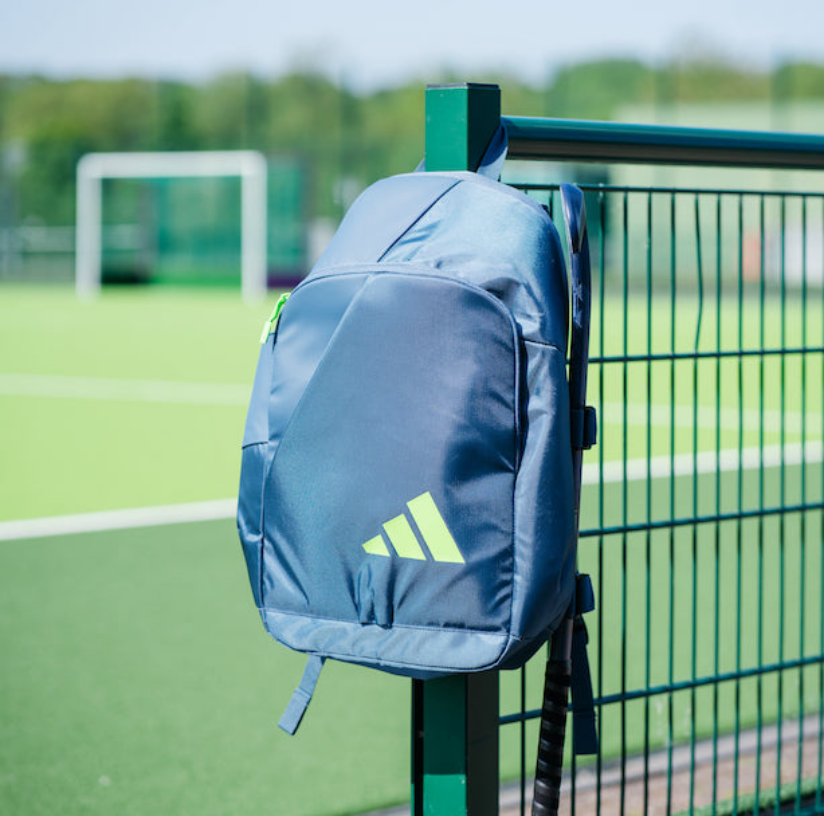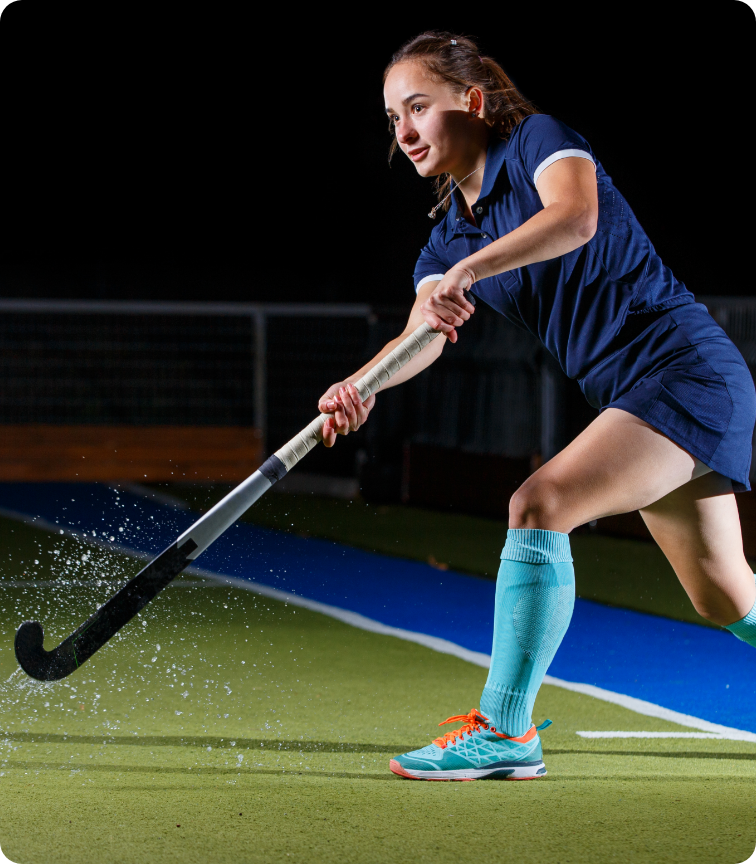Tom Millington: A Beginner's Guide To Field Hockey Goalkeeping
Tom Millington is Head Coach and Co-Founder of Fortitude, a hockey goalkeeping specialist coaching company. He has coached and continues to coach some of the best hockey goalkeepers in the world. So if there’s anyone who knows about goalkeeping, it’s Tom.
We picked Tom’s brain about what it takes, what to think about and what kit you might need as a beginner looking to become a hockey goalkeeper. Here’s what he had to say…
Getting into hockey goalkeeping? Have you thought about these things?
Becoming a goalkeeper is one of the steepest learning curves in hockey. There are lots of pitfalls which can take years to uncover but with these top tips we can help you get there more quickly!
Top Tips For Kit
1. Size
Don’t buy kit until you’ve tried a few different ones on. There is a lot more kit available for new goalkeepers to try on and hopefully one of your new goalkeeper mates will let you try theirs.
A goalkeeper usually has around 12 items of kit plus their usual training kit. That’s a lot of kit to fit and protect you and those are the two most important elements. It is important that kit fits well; too big and you won’t be able to move, too small and you won’t be protected. Usually brands will have a comprehensive size guide that can help you before you buy. Some shops will have a showroom like ONE Sports Warehouse so you can try them on or have a great return/replacement service.
2. What kit do you need? You need it all!
Even if you don’t, the n+1 rule exists for a reason. You will never have enough kit. New models, upgrades, cool helmets etc! Welcome to the world of goalkeeping.
3. Learning how to put the kit on properly.
Goalkeeping kit is becoming more ergonomically fitted and therefore loose straps are not going to help. Once you get used to your kit you will find an order or how to “dress up”.
Our order usually goes like this:
-
Box or pelvic guard (essential!).
-
Padded Shorts.
-
Overshorts (protect those padded shorts and look cool all in one).
-
Kickers.
-
Legguards.
-
Body armour.
-
Arm guards/elbow pads.
-
Smock/Top.
-
Neckguard (preference for Over 18s).
-
Helmet.
-
Gloves.
-
Stick.
Watch this quick video to show you how to kit up.
4. What to wear under your kit
Usually something close fitting and athletic like lycra shorts, long socks to protect the straps from the back of your legs and a sweat wicking top. Depending on the weather you may want to layer up for matches.
5. Get some extra training.
Either join a club or give us a call and organise some training sessions to accelerate your goalkeeping skills and understanding of the position. It’s great to be part of a goalie club.
Common Mistakes
It’s not football.
(But some skills can help). The goal is much smaller and whilst footwork and agility are vital we don’t need to hoof the ball into the stands.
Tighten your straps.
Kit that fits is kit that works.
Trust your kit.
It will protect you and is designed to work even for the hardest shots so face the ball all the time, never turn your back.
Wash your kit.
It will smell after a while and you’ll find your mates my start ignoring you. OSW have products like Grangers and Smellwell that will help!
Don’t just stand there and expect training.
Goalkeeping is only fun when you get to save shots. Ask your coach if you can do a shooting drill every session. You’ll find yourself improving more quickly. Here's a great video from Fortitude on how to warm up.
Tips for your very first session
Positioning:
Ideally you want to be about 3 steps in front of your line if the ball was in the middle of the top of the D. When the ball moves around the D adjust your positioning by moving sideways toward each post in an arch. It’s a great guide to start with but may change as you get more experienced.
Set Position:
Getting this right is the key to most things in terms of shot stopping. Roughly speaking feet should be shoulder width apart, bend at the knees and hips like you’re about to do a little jump and hands up and out like you’ve opened some curtains. Shoulders shoulder be in front of knees and knees in-line with balls of your feet.
Watch the ball:
Always watch the ball into your kicker or pads, this will help with positive head position – every goalkeeper coach will say “keep your head forward” or “lead with your head” at least once a session.
Think you are ready to become a hockey goalkeeper? Shop goalkeeping equipment now!

